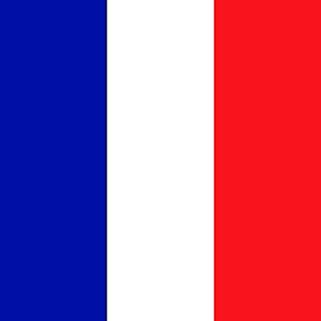The Crater
Study site
 The Ngorongoro Crater is a 300 km2 large, intact caldera in Northern Tanzania. The floor of the Ngorongoro Crater is situated 1,700 m above sea level and covered by grassland and acacia forest. The rim is at 2,300 m above sea level and covered by evergreen montane forest, scrubland and grassland; its diameter ranges from 17 to 21 km.
The Ngorongoro Crater is a 300 km2 large, intact caldera in Northern Tanzania. The floor of the Ngorongoro Crater is situated 1,700 m above sea level and covered by grassland and acacia forest. The rim is at 2,300 m above sea level and covered by evergreen montane forest, scrubland and grassland; its diameter ranges from 17 to 21 km.
The Ngorongoro Crater is part of the Ngorongoro Conservation Area, a protected area adjoining the eastern border of the Serengeti National Park. The Crater is ecologically tightly linked to the Serengeti plains and considered to be part of the vast Serengeti-Mara ecosystem. The Ngorongoro Conservation Area and Serengeti National Park are both UNESCO World Heritage Sites.
The Crater harbours one of the world’s highest densities of large carnivores and herbivores, but also large numbers and great varieties of resident and migratory birds. Large carnivores include the spotted hyena, African lion, leopard and cheetah; the herbivore community includes the plains zebra, African buffalo, blue wildebeest, hartebeest, waterbuck, eland, Grant’s and Thomson’s gazelle, African elephant, hippopotamus and a small, but growing population of the critically endangered black rhinoceros.
We conduct monthly surveys of large herbivores to estimate the density of the hyenas main prey.
Get in touch if you are interested in our herbivore census data!
Local weather
Ngorongoro Crater, like much of East Africa, experiences distinct wet seasons and dry seasons. The wet season is typically divided into the ‘short rains’ (November – December) and ‘long rains’ (March – May). Most tourists visit the Crater during the dry season (June – October). However, the patterns of rainfall in the Crater are shifting with climate change. Rains are becoming more unpredictable and more extreme. To assess the effects of climate change on the Crater ecosystem, we monitor local temperature and rainfall using several weather stations.
We openly share the weather data with managers and researchers and organize regular hands-on workshops to ensure knowledge transfer.
Get in touch if you are interested in the weather data!
Local community
The Ngorongoro Crater was historically populated by several different tribes. During the Colonial Era, the Crater was also inhabited by a few German farmers. In 1974, the Tanzanian government relocated all people living on the Crater floor at that time, in particular Maasai pastoralists originating from the Nile River delta, to the Crater rim and surrounding highlands.
Cattle are of very high cultural value to the Maasai people. The Maasai perpetuate their traditional livestock farming, keeping cattle, sheep, goats and donkeys. The Maasai pastoralist living on the Crater rim and surrounding highlands have been allowed to let their cattle browse and lick minerals on the Crater floor during daytime. Nowadays, many Maasai are employed as managers, administrators and rangers by the Ngorongoro Conservation Area Authority and they also find jobs in the tourism industry and in research projects, like the Hyena Project, for which we currently employ two Maasai watchmen.
Spotted hyenas have a rather bad image and reputation among most tribes in East Africa. Unlike lions, spotted hyenas are not traditionally hunted by Maasai warriors or men of other tribes but may be killed if they attack livestock that get lost in the daytime or that are not locked up in enclosures at night. Hyenas are mostly killed by injecting a powerful poison into carcasses.
Further information
Website of the Ngorongoro Conservation Area Authority (NCAA)














